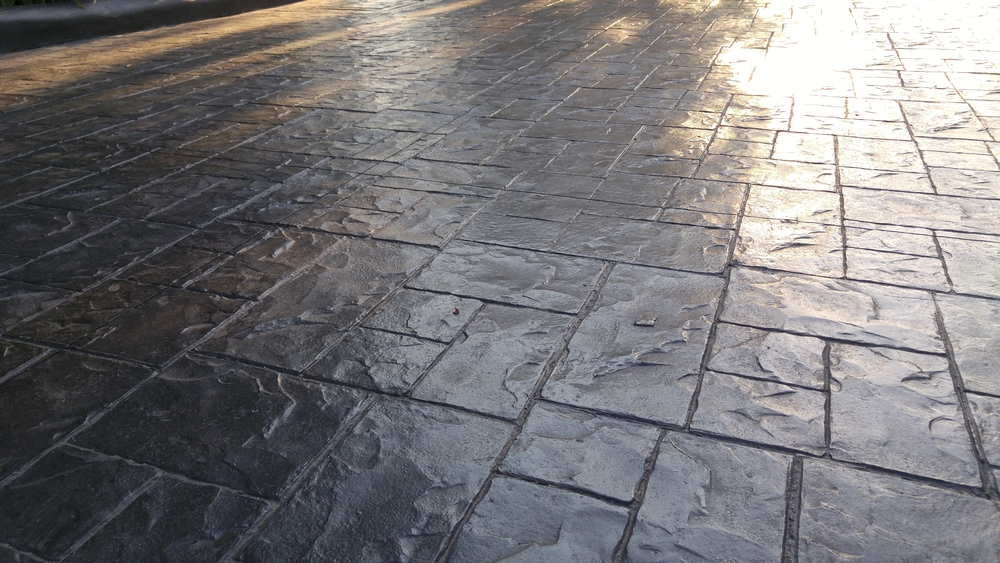It's been a strange winter to this point for Utah homeowners, with less precipitation than almost any other in recent memory. There's still some time left, however, and whether or not significant snowfall takes place over the next month or two, one area property owners with concrete surfaces on their property should be thinking about is spring runoff.
At Lift Right Concrete, we're happy to provide numerous concrete repair services for any of your concrete surfaces, from garage floor lifting and leveling to walkways, driveways, patios and numerous others. What is spring runoff, and why is it something all property owners with concrete surfaces – particularly those near or connected to the building's foundation – should be considering as the season change looms? Here are some details to be aware of in this two-part blog, which you can refer back to whenever spring hits full-on in your area.

When we talk about spring runoff, or any form of runoff (it happens at other parts of the year, but is most common moving from winter to spring), we're referring to precipitation that doesn't soak into the ground immediately when it falls. While other states or parts of the country might have alternative forms of spring runoff, by far the most common form in Utah is very simple and obvious: Snow that melts into water.
When this happens on a large scale, it's possible for some negative effects to take place on or near properties. For one, drains can be overwhelmed, leading to flooding – which in turn can create water damage. This sort of damage can be particularly harmful to unprotected concrete surfaces, which may result in seepage and many related problems within the concrete. This is especially worrisome for concrete areas that connect to your home or building's foundation.
However, with the right planning – including potentially some assistance from our team – you can avoid these risks for any concrete area headed into spring. Our next several sections will look at how you do this.
One simple way of combatting spring runoff is adding trees, plants and other foliage to your landscape. In particular, infuse some plantings into areas where you know runoff collects or pools up during spring – instead of sitting on your surfaces and causing problems, this water will go toward a good purpose, helping your plants thrive. In addition, tree canopies do well at diverting spring rain away from any concrete surfaces.
If you're installing new concrete surfaces on your property, we strongly recommend breaking up certain large slabs. For instance, you should never pave both the driveway and garage floor as the same slab – this is too large, and will not allow for water to properly absorb in between.
Rather, the prudent move it to split up concrete slabs into simple areas, such as sidewalks, driveways, patios and more. In addition, think about pavers or bricks that will allow for water seepage or blockage in certain areas of the slab.
For more on how to deal with spring runoff and protect your concrete surfaces, or for information about any of our concrete repair solutions, speak to the staff at Lift Right Concrete today.